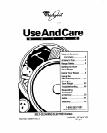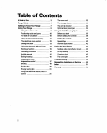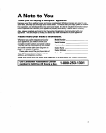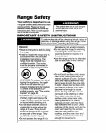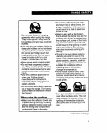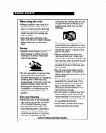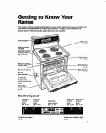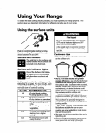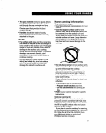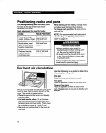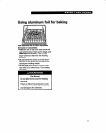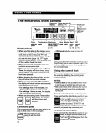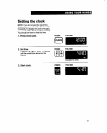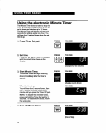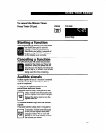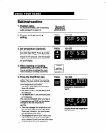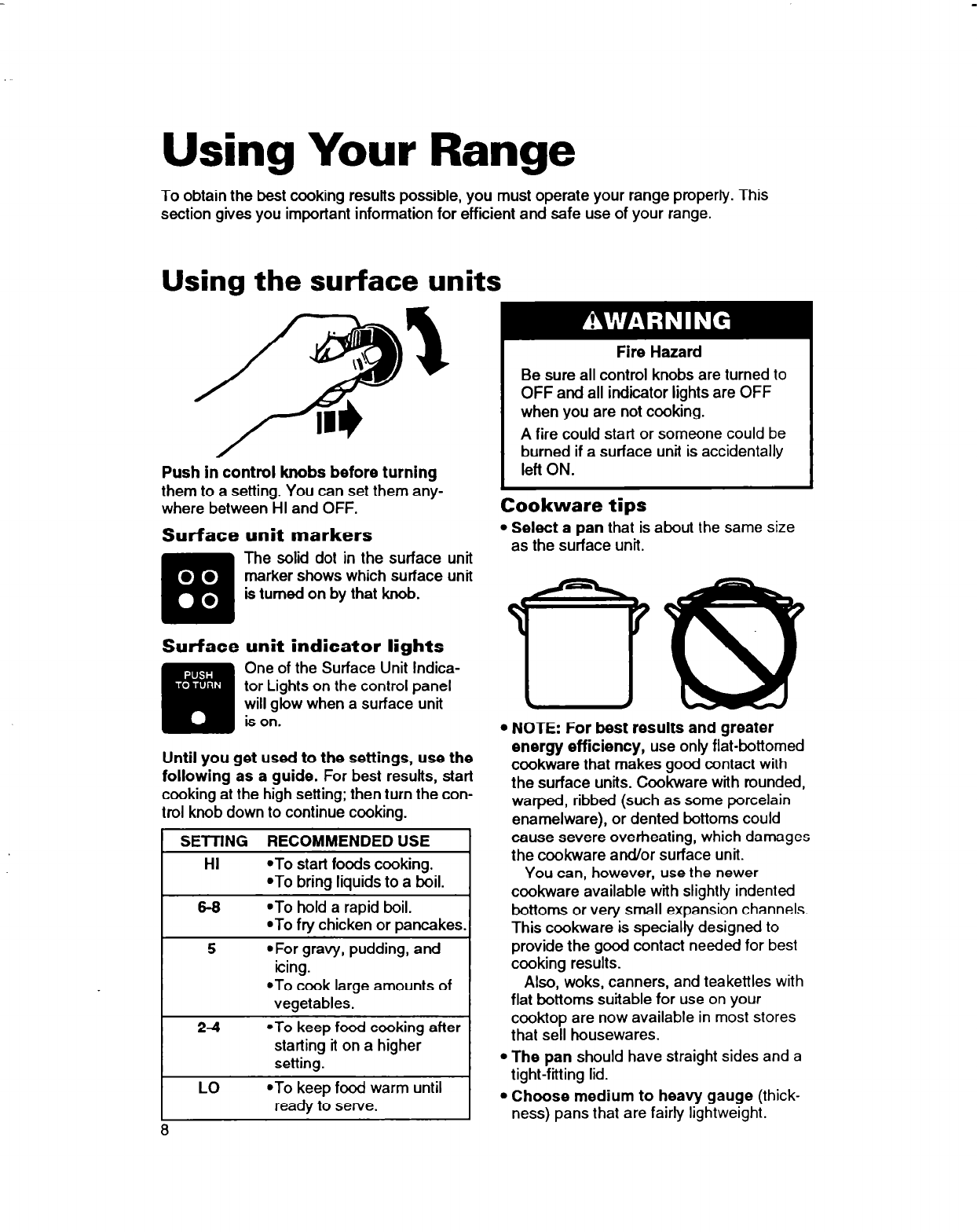
Using Your Range
To obtain the best cooking results possible, you must operate your range properly. This
section gives you important information for efficient and safe use of your range.
Using the surface units
Push in control knobs before turning
them to
a
setting. You can set them any-
where between HI and OFF.
Surface unit markers
q
The solid dot in the surface unit
00
marker shows which surface unit
0
is turned on by that knob.
Surface unit indicator lights
One of the Surface Unit Indica-
tor Lights on the control panel
will glow when a surface unit
is on.
Until you get used to the settings, use the
following as a guide.
For best results,
start
cooking at the high setting; then turn the con-
trol knob down to continue cooking.
1 SElTING RECOMMENDEDUSE t
I
HI
@To start foods cooking.
TO bring liquids to a boil.
I
5-8
.To hold a rapid boil.
@To fry chicken or pancakes.
I
5
OFor gravy, pudding, and
icing.
2-4
LO
*To cook large amounts of
vegetables.
TO keep food cooking after
starting it on a higher
setting.
.To keep fd warm until
ready to serve.
Fire Hazard
Be sure all control knobs are turned to
OFF and all indicator lights are OFF
when you are not cooking.
A fire could start or someone could be
burned if a surface unit is accidentally
left ON.
Cookware tips
l
Select a pan
that is about Ihe same size
as the surface unit.
l
NOTE: For best results and greater
energy efficiency,
use only flat-bottomed
cookware that makes good contact with
the surface units. Cookware with rounded,
warped, ribbed (such as some porcelain
enamelware), or dented bottoms could
cause severe overheating, which damages
the cookware and/or surface unit.
You can, however, use the newer
cookware available with slightly indented
bottoms or very small expansion channels.
This cookware is specialty designed to
provide the good contact needed for best
cooking results.
Also, woks, canners, and teakettles with
flat bottoms suitable for use on your
cooktop are now available in most stores
that sell housewares.
l
The pan
should have straight sides and a
tight-fitting lid.
l
Choose medium to heavy gauge
(thick-
ness) pans that are fairly lightweight.
8



